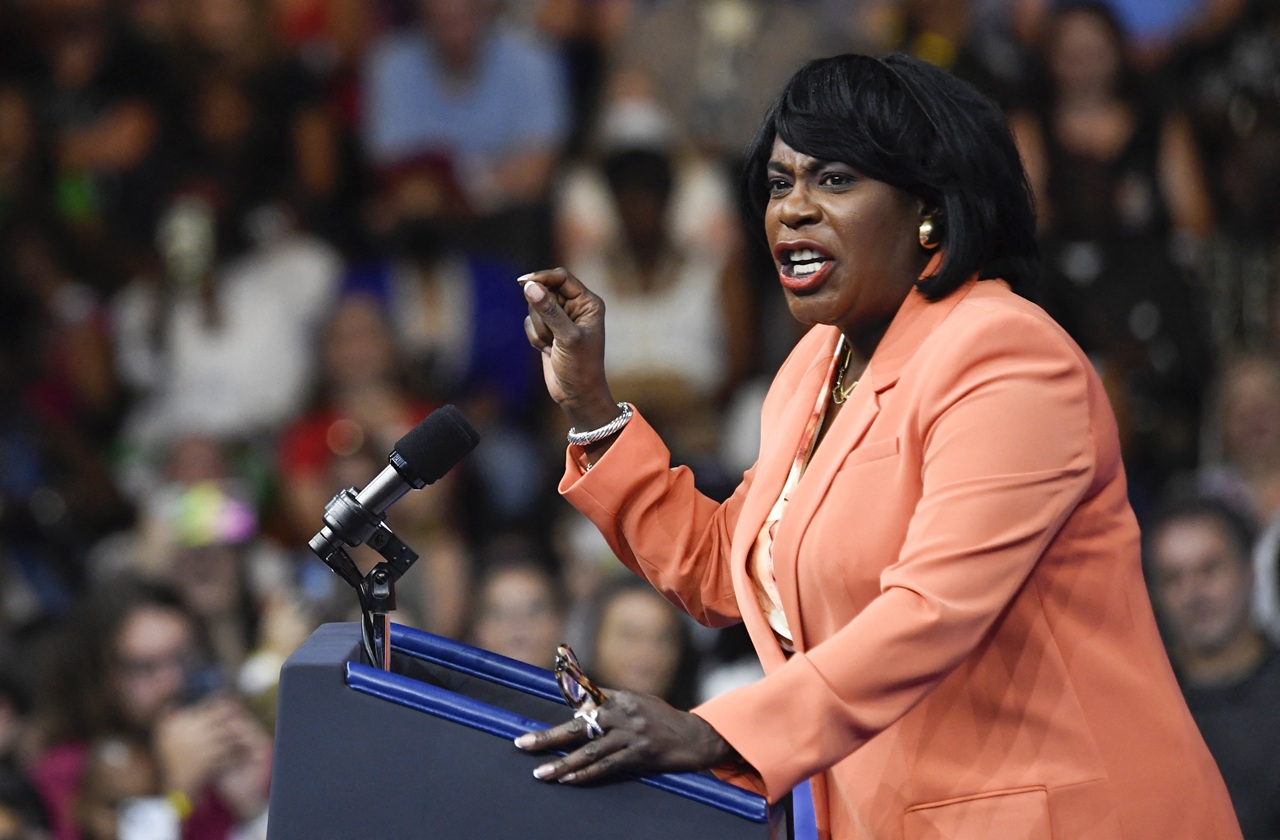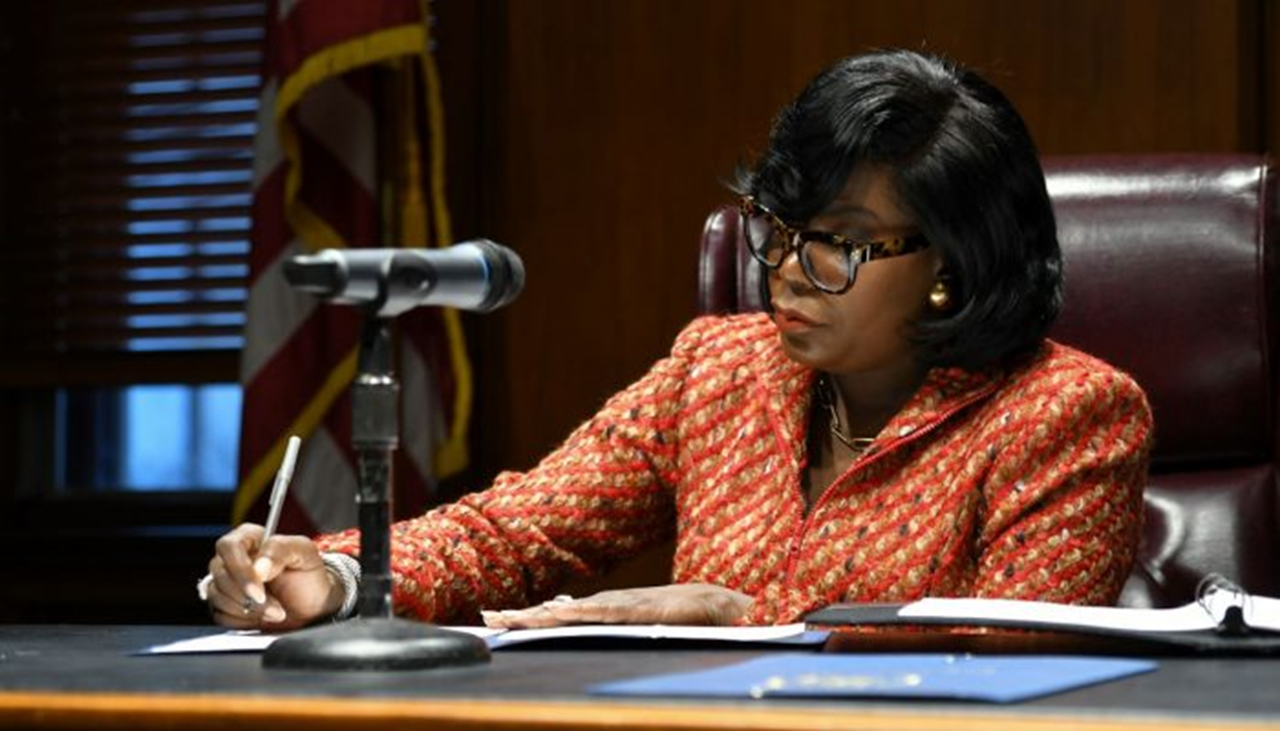
The Legacy of Rizzo: Does He Deserve to be Commemorated in Bronze?
The future of a statue in the likeness of highly contentious former police commissioner and mayor Frank Rizzo is on the fritz, particularly after this past…
The second weekend of August 2017 brought an unnerving amount of Neo-Nazis, Klansmen, and MAGA worshippers to gather and rally together in Charlottesville, Virginia. Although their initial motivation was to publicly outcry the possible removal of a statue of Confederate General Robert E. Lee, footage and reports of the events that transpired over the weekend showcased a far more insidious and terrorizing yearning from The Alt-Right: preserving “history” in communal spaces as a means to exert and preserve White Supremacy. Their true intentions revealed themselves in the ugly form of anti-semitic, racist, homophobic chants, including the philosophical mantra that was integral to Nazi Germany, Blut und Boten, or “Blood and Soil”. By night, the right-wing extremists were decked out in red baseball caps, khakis, polos, and tiki torches, while by day they opted for more forthright militaristic uniforms, accessorized with swastika armbands and loaded weaponry.
The violence and terror that sprung from the hateful rhetoric and ideologies of these individuals led to the injuries of many, and most notably to the death of Heather Heyer. The 32 year old woman was murdered by James Alex Fields Jr., a 20 year old White Nationalist from the State of Ohio. In response, politicians from both The Republican and Democratic Party delivered statements scorning the ralliers and lauding the bravery of protesters- such as Ms. Heyer -who literally put their lives on the line to repudiate bigotry, oppression, and the belief that racial and ethnic background determines “Americanness”.
Other cities, like Baltimore and Gainesville, quietly removed Confederate statues almost immediately following the aftermath of Charlottesville. A more comprehensive list of Confederate memorials that are slated to be removed can be found on CNN’s website. This influx of media attention on the issue of statues and memorials begs the question: Which legacies deserve to be commemorated and honorably displayed in bronze, and which are better left for textbooks and the halls of museums?
Philadelphia Councilwoman Helen Gym tweeted on August 14th that “All around the country. We’re fighting to remove the monuments to slavery & racism. Philly, we have work to do. Take the Rizzo statue down.” She continued the sentiment later on Twitter the following day: “Took me too long to say this: Let me be clear. I’m not the 1st to call for Rizzo statue to be removed and I won’t be the last. Thank you to heroes and activists who have been fighting against Rizzo policies for decades, who led the recall campaign in the 70s and on. And shout out to our new future- activists who renewed the call over the past year. We are with you.”
For those of you who may not be up to snuff with Philadelphia history, Francis Lazarro “Frank” Rizzo Sr. was not a Confederate soldier. Instead, he was the City’s police commissioner and Democratic mayor from the late 60s to the early 80s. Rizzo was notorious for his “tough-guy” populist messages, urging for “law and order” and beckoning for brutish police enforcement to “clean up the streets” of Philadelphia. As it turns out, Rizzo’s infamous platform was put into action via random humiliating strip-down searches of Black Panthers, attacking Black students with dogs during peaceful marches, harassing queer persons and raiding LGBT establishments, and even going so far as using the slogan “Vote White” for one of his mayoral races.
RELATED CONTENT
His statue, large and foreboding, has stood on municipal land- in front of City Hall no less -for over twenty years. Protesters at the #PhillyIsCharlottesville march, an egger who was arrested shortly after defacing the statue, an individual that spray painted "BLACK POWER" on the effigy, and even Mayor Kenney, have put the future of the Rizzo monument on the forefront of local news this week, condemning the legacy of the former police commissioner and mayor who overtly championed the rights of “non-black ethnics” in his fiery speeches.
Nevertheless, Rizzo did- and continues to have -his fair share of supporters, some of which include his own relatives and approximately ten thousand people who have signed a petition to keep the monument where it stands and as-is (as reported by CBS Philly on August 16th).
Counter-protesters in response to the White Nationalist rallies in Charlottesville are fueled by the desire to dismantle systems of oppression and divisive hatred. Their objectives include toppling the bronze busts and vandalizing the murals of leaders that the Alt-Right hails, leaders that have been given a pillar without being objectively worthy of our admiration (lest we forget that The United States is a country built for the “liberty and justice” of all, or that The Confederacy was treasonous and never legitimized). Perhaps the question of whether or not a historical figure deserves recognition in the form of a memorial lies less in the physical manifestation of a statue, less in the historical significance of said statue, and more in what that representation in the form of a statue in a communal space symbolizes.
What core values does Philadelphia want to espouse when citizens and tourists take-in the sights at City Hall? What beliefs should be endorsed by our public art? Who are we seeking to inspire, and who are we choosing to depict as role models for the City? How are we to educate the public by challenging the past and providing hope for a progressive and more dignified future?











LEAVE A COMMENT: